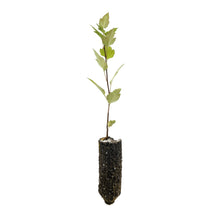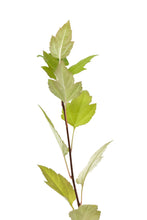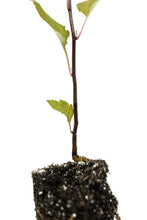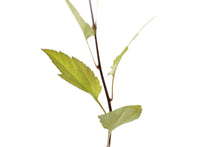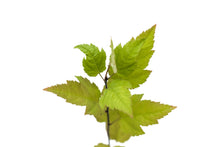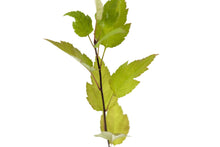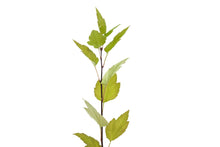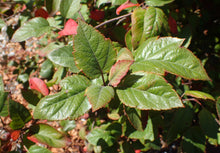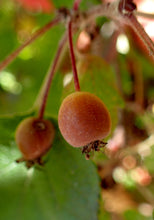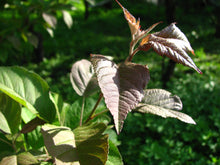
Malus fusca
-
Grow your own Pacific Crabapple, a small native apple from the PNW, and a favorite seasonal food source for many birds
- 100% guaranteed
- Seed-grown on California's Redwood Coast
- Transplanting and care instructions included
 |
Moisture High |
 |
Cold Hardiness -5°F |
 |
Light Full Sun / Partial Shade |
 |
Size 15 – 40' tall / 10 – 20' spread |
 |
Lifespan 70 yrs |
 |
Growth Rate Moderate |
 |
Drought Tolerance Low |
 |
Wind Resistance Low |
About Pacific Crabapple
From the University of Washington Botanic Gardens:
"Unlike other crabapples, Pacific crabapple is very tolerant of wet soils and is a good choice for difficult open, wet areas. The fruits are small, only 1-1.6 cm long, yellowish to deep red. They are oblong rather than round, which is a good way to identify them compared to other crabapples. The fruits are edible but described as sour. They are a good food source for birds.
Leaves are also another good identifying feature, as they are often irregularly lobed, unusual for a crabapple. Margins are toothed and leaves are pointed at the end. Fall color can range from red to a dull yellow. Blossoms are lightly fragrant and white to pink and generally appear in April."
About Jonsteen's Seedlings
All of our trees are seed-grown at our nursery on California's Redwood Coast, which is inspected monthly and licensed by the California Department of Agriculture. Trees can provide a natural barrier against high winds, temperatures, noise pollution and soil erosion, all while benefiting local air quality, wildlife and property values — a Jonsteen seedling will only grow in value and beauty
About Jonsteen's 100% Guarantee
All of our trees are guaranteed to arrive healthy and in good condition. If your tree perishes despite your honest efforts, we will be happy to replace it with a small-sized seedling for just the cost of shipping/handling. You can learn more about our guarantee and tree replacement policy here.
Seedling Size Chart: Medium
Due to the dynamic nature of actively growing trees, as well as the tremendous variation between species’ growth rates, we rely on the cubic volume of a seedling’s root mass to determine its “size” (Small / Medium / Large / XL). Within each size there is minor variance — the dimensions provided here represent the category minimum. If exact measurements are essential, please contact us about current stock.













